If you have experienced dining at several Chinese restaurants before, the first thing you have recognized is that they serve tea as soon as you are seated. While the tea ordered in a tea house is expensive, the tea served at a Chinese restaurant is sometimes complimentary. Do you ever wonder why tea is served in practically all Chinese restaurants? And what is the tea used in Chinese restaurants?
Today, let us talk about the tradition of tea in Chinese dining culture and the Chinese tea culture behind it. We’ll also explore the 6 most popular types of Chinese restaurant tea and why they pair perfectly with your meal.
Why Do Chinese Restaurants Serve Tea?
To Warmly Welcome the Guests
According to ancient Chinese hospitality etiquette, there is a tradition of "three teas and six meals". It refers to providing enough tea and food for guests, not only to satisfy their practical necessities but also to demonstrate the guests' meticulous care and respect. "Three teas" means serving tea to guests three times a day. "Six meals" refers to preparing three extra meals or snacks in addition to the common three meals. So, Chinese restaurants follow this tradition of hospitality.
Chinese Tea is a Healthy Beverage
Caffeine, which is found in tea, affects gastrointestinal peristalsis in some way. Drinking Tea 30 minutes after eating has the effect of clearing up oily skin. Therefore, Chinese restaurant tea can support people's efforts to maintain their health.
To Clean the Tableware
Before eating, many people in China wash their chopsticks and dishes. Restaurants always start with a pot of water because they know that customers like this.
6 Most Common Teas Used in Chinese Restaurants
For Chinese food lovers, you will find that green tea, black tea, and oolong tea are the most popular types of tea served in Chinese restaurants. There are also special teas, like pressed tea and flower tea, available in the local restaurants. As a beverage in restaurants, Chinese tea, also combined with regional cuisine, provides a distinctive eating experience.
Green Tea
In China, green tea is the most popular kind of tea. It is not fermented, therefore, it preserves its natural scents and offers health benefits. It was noted in the "Compendium of Materia Medica" that green tea, which is cold and bitter, is the best for reducing internal heat. It is suggested that you drink green tea used in restaurants before meals, which can help to quench thirst, cool the mouth, and relieve summer heat.
Green tea, such as Tieguanyin and Biluochuan, goes well with a variety of dishes and appetizers and is especially good for summer.
Oolong Tea
Minerals, amino acids, and tea polyphenols are abundant in oolong tea. In terms of reducing blood lipids, blood sugar, and antioxidants, it is very effective. It is a popular beverage at fast food restaurants, teahouses, and upscale dining establishments. Oolong tea tastes great whether it is served with signature Chinese dishes or delicate dim sum.
Jasmine Tea
Jasmine tea is a reprocessed tea made by blending and scenting tea leaves (mostly green tea) and jasmine flowers. Jasmine tea not only has the mellow taste of the tea itself but also exudes the fresh fragrance of jasmine. So it is a very popular type of tea used in Chinese restaurants.
For instance, Beijing residents enjoy richly flavored foods like noodles with soybean paste, and the mild flavor of jasmine tea goes well with these dishes.
Barley Tea
Barley tea is another popular tea used in Chinese restaurants. It helps relieve gastrointestinal issues like indigestion and flatulence by stimulating the spleen. Drinking a cup of barley tea while dining at a restaurant may help ease the strain on your stomach and aid in digestion if you eat too much-fried food.
Chrysanthemum Tea
If you plan to travel to Guangdong and taste the dim sum in a local restaurant, you should not miss chrysanthemum tea. A type of Chinese Herbal tea that tastes mildly sweet, chrysanthemum tea always stands out as one of the most common teas served in Chinese restaurants and tea houses.
Chrysanthemum tea has the effect of clearing heat and detoxifying. It also works for burns, sore throats, and aching teeth, and aids in digestion as well.
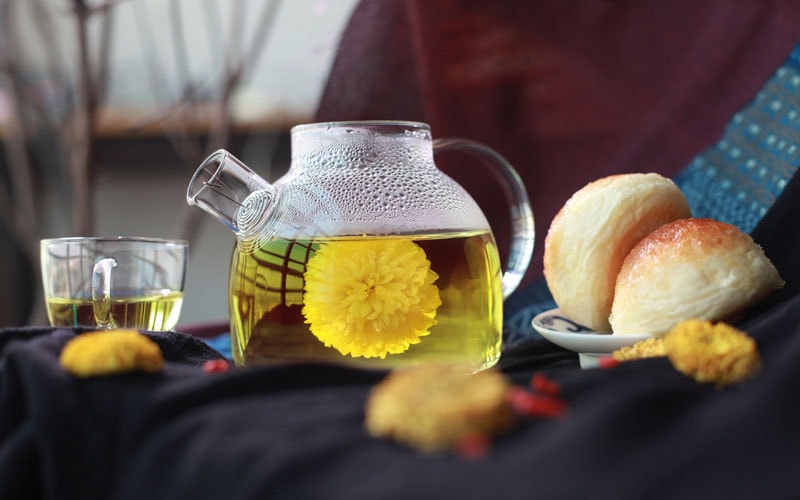
Pu’er Tea
Even though Chinese food like barbecue and hot pot are delicious, eating too much of them would make you feel sick. The greatest option right now is definitely a cup of Pu'er tea used in the restaurant. Additionally, Pu'er tea can accelerate fat metabolism and encourage gastrointestinal peristalsis, which are beneficial for weight loss and overall health.
How to Brew, Oder, and Drink Tea at A Chinese Restaurant
If you wish to dine at a Chinese restaurant with tea served, here are some tips:
Order Tea
A bottle of tea is served at many Chinese restaurants when you sit down.
If the restaurant doesn’t serve immediately, you may ask, “Can I have some tea?”
If you prefer a specific tea, such as oolong or pu-erh tea, please note that it may charge an extra fee.
Brew Tea
Fill cups with boiling water: There are two reasons: first, to sterilise and clean the tea set's dust; second, to make the tea more aromatic while it's heating up.
Take tea: Use a teaspoon to take tea leaves from a tea container (usually a bag or tea pot) and put them into a teapot.
Tea washing: When the tea leaves are in the teapot, start by adding hot water. After 5 to 10 seconds, then immediately pour out.
Brew tea: Keep an eye on the water's temperature. With the exception of some brick tea, ancient tea, Tuo tea, and tea cake, boiling water is rarely used while making tea. Instead, the water temperature should be between 80° and 90°.
Serve Tea
The restaurant staff uses a tray to serve tea to the right of a guest.
When pouring tea from a teapot, the waiter should hold the handle in his right hand and press the lid lightly with his left hand.
Don't fill the cup to overflowing; 4/5 of the way is a fair amount.
After pouring the tea, the waiter should politely invite the guest to drink it.
When pouring tea for guests, the restaurant staff should not pick up the tea cup from the table, and should not touch the mouth of the cup with their hands.
Etiquette Tips
Tap your fingers on the table to express your appreciation when someone serves you tea.
The correct way for a woman to hold a teacup: The index finger and thumb gently grip the rim of the cup, the middle finger holds the bottom of the cup, and the ring and little fingers are placed naturally.
The correct way for a man to hold a teacup: The thumb and the other four fingers naturally hold the cup.
Sip three times for one cup of tea to enjoy the aroma and warmth of tea.
Recommended Teas Used in Chinese Restaurants to Pair with Eight Major Chinese Cuisines
On your China tour, you may consider drinking the authentic tea used in Chinese restaurants paired with different Chinese foods to enrich your culinary experience in each place.
| Chinese Cuisine | Top Tourist Destinations to Taste | Flavor | Recommended Tea Types | Famous Teas |
|---|---|---|---|---|
| Lu Cuisine | Qufu, Qingdao | Rich and mellow | Green Tea, Black Tea | Laoshan Green Tea |
| Sichuan Cuisine | Chengdu, Chongqing | Spicy and numbing | Green Tea, Black Tea, Pu'er, Dark Tea, Yellow Tea | Mengding Ganlu, Zhuyeqing Mengding Huangya, Ya'an Tibetan Tea |
| Hunan Cuisine | Zhangjiajie, Fenghuang Ancient Town | Spicy and fragrant | Dark Tea, Yellow Tea | Qianliang Tea, Heizhuan Tea, Junshan Yinzhen |
| Huizhou Cuisine | Huangshan, Wuyuan | Salty and savory | Green Tea, Black Tea, Yellow Tea | Taiping Houkui, Huangshan Maofeng, Liu'an Guapian, keemun black tea |
| Cantonese Cuisine | Guangzhou, Shenzhen, Foshan | Fresh and aromatic | Green Tea, Black Tea, Oolong Tea, Dark Tea | Yingde Black Tea, Fenghuang Dancong |
| Fujian Cuisine | Xiamen | Fresh and delicate | Green Tea, Black Tea, Oolong Tea, White Tea | Zhengshan Xiaozhong, Zhenghe Gongfu Tea, Tieguanyin, Dahongpao, Baihao Yinzhen |
| Zhejiang Cuisine | Hangzhou | Fresh and tender | Green Tea, Black Tea | West Lake Dragon Well, Anji White Tea, Qiandao Yuye, Wuyang Chunyu, Jiulong Meiling |
| Jiangsu Cuisine | Suzhou | Light and mild | Green Tea, Black Tea | Biluochun, Nanjing Yuhua Tea, Jintan Que She, Zhuhai Jinming |
FAQs About Chinese Restaurant Tea
1. Why do Chinese restaurants serve hot tea, even in summer?
Having a cup of hot fried tea before you eat Chinese food will warm your tummy and boost your appetite. The hot tea is also helpful to clean the tableware if needed.
2. Is the tea in Chinese restaurants served with milk or sugar?
No, tea in typical Chinese restaurants is served without milk or sugar.
3. Is it possible to receive a refill of tea at a Chinese restaurant?
Yes, you may ask politely for the restaurant staff to refill your teapot with hot water for free.
4. Can I reuse tea served in Chinese restaurants?
Yes, superior Chinese tea leaves, like oolong or pu-erh, get better with each infusion.
Travel to China with Hi Five Trip
What better way to experience Chinese tea culture than traveling to China, enjoying Chinese tea in a local Chinese restaurant, and finding out what is the tea used in Chinese restaurants by yourself? Here are some of our best-selling China tour packages for your inspiration.
8-Day China Golden Triangle Tour to Beijing, Xian, Shanghai
13-Day Essence of China Tour with Yangtze River Cruise & Panda
11-Day Wonders of China Tour (Beijing, Xian, Guilin/Yangshuo, Shanghai)
Feel free to contact us to create a unique China tour based on your interests and needs.

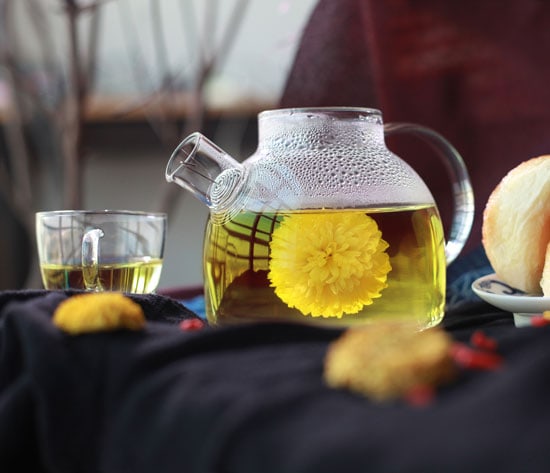
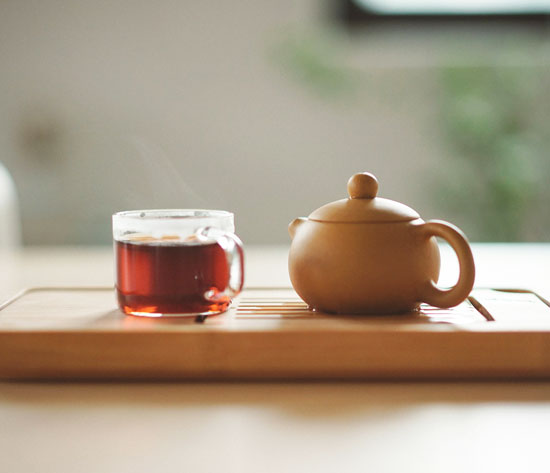

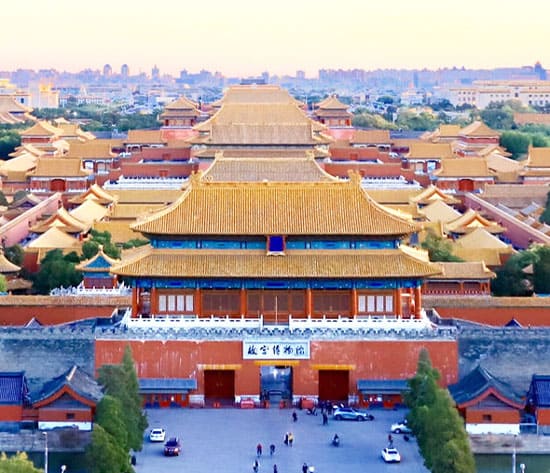
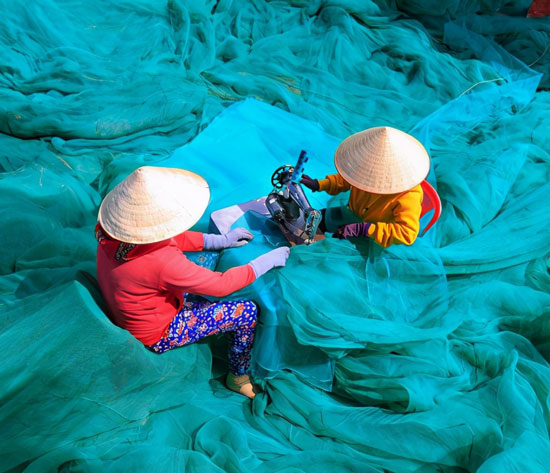
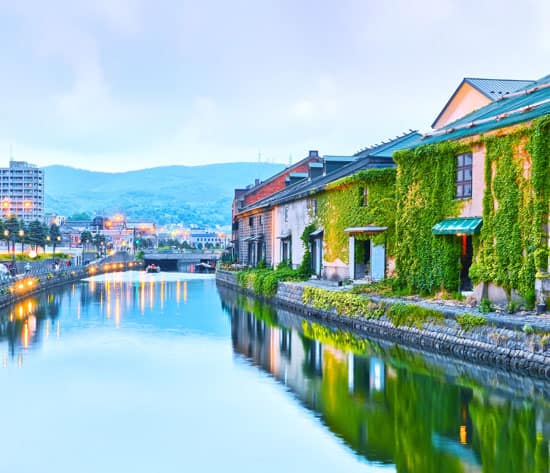
Have a Question?
You might see your comment appear on this page, but your email address and full name will not be published. Your personal information will remain confidential. Our Asia travel experts will get back to you as soon as possible. Required fields are marked *